You should upgrade or use an alternative browser.
- Thread starter swindave
- Start date
rustyfarmall
Well-known Member
As I understand it, the 1468 and 1568 IH tractors with the V8s were not as powerful, as the 6 cylinder 1466, and 1566. The V8s were also less efficient, shorter lived, and could not be turbo-charged.
The inline 6 cylinder is the most efficient engine design ever developed.
wilson ind
Well-known Member
Bob N.Y.
Well-known Member
- Location
- Norway, N.Y.
greg oliver
Well-known Member
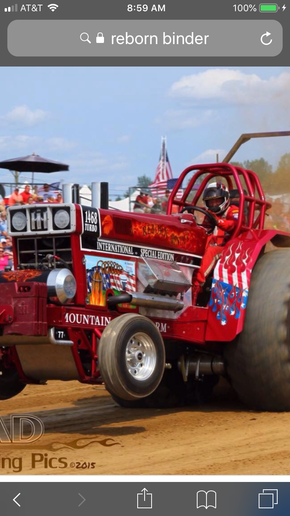
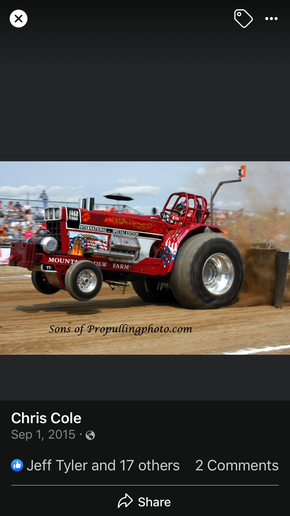
If somebody had built a tractor with a 3408 Cat it would still be working.
rusty6
Well-known Member
- Location
- East central Sask.
Steve in IL
Member
DeltaSteve
Member
rusty6
Well-known Member
- Location
- East central Sask.
You are right on both. CI four wheelers were Steiger built in most cases. Somewhere I have a picture of myself standing in front of one of them in 1972. And I totally forgot about the Scania V8 Cases. Never saw many of those except in brochures.(quoted from post at 07:58:15 12/05/20) Rusty Have a couple qestions. Was the Super Wildcat a rebranded Steiger? Also as to Case not putting out a V8 Didn't the 4994 have a Scania V8?
Just wondering
jt
Bob Bancroft
Well-known Member
- Location
- Aurora NY
the tractor vet
Well-known Member
the tractor vet
Well-known Member
Hockeygoon
Member
Hay maker2
Member
Easier to work on too.
fastfarmall
Well-known Member
greg oliver
Well-known Member
Super H Mike
Member
greg oliver
Well-known Member
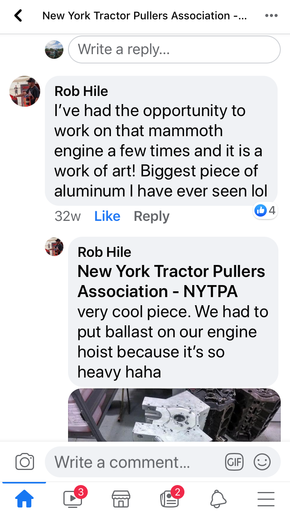
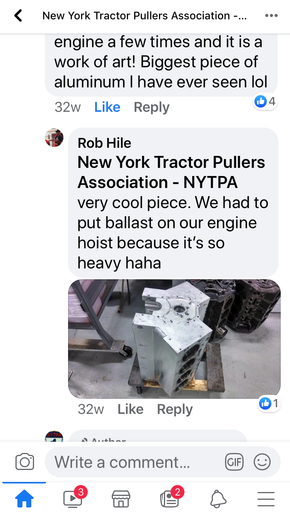
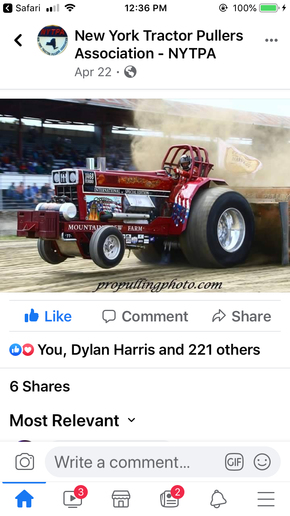
Brendon-KS
Well-known Member
- Location
- Goessel, KS
showcrop
Well-known Member
Like BillWis said: Eights are short stroke so they rev quicker and higher but they come down quicker too due to less torque. There is less room for the crank lobes in a V type block which limits stroke, and it is the same in trucks as tractors. Look at the difference between the Ford 300 6 and Ford 351 V8. I went from a 300 6 because they didn't offer it any more to the 351. The 351 would accelerate quicker but it wouldn't hold a candle to the 6 on hills. Eights generally make their power at higher RPMs which of course shortens the life.
the tractor vet
Well-known Member
the tractor vet
Well-known Member
the tractor vet
Well-known Member
MarkB_MI
Well-known Member
- Location
- Motown USA
A farm tractor needs to run at rated horsepower all day long, day after day for many years. Not so for most trucks and heavy equipment. So it's no surprise that so many tractor manufacturers opt to design their own engines rather than buy something off the shelf. And because it's designed for a specific application, they don't need to worry whether the motor will fit in a medium-duty truck or some other tight package. Inline engines fit just fine in most farm tractors. Also, since inline six cylinder engines are very smooth and inherently well-balanced, they tend to be the go-to choice for tractor motors.
showcrop
Well-known Member
(quoted from post at 10:59:22 12/06/20) IH reportedly pulled the D-361 engine out of their truck division that went into the 806 tractor. This was in part to cut the development time of the 06 series down to around 2 years instead of 3 or more years in response to the JD New Generation of Power. Agreed that the inline 6 cylinder is a very logical starting point for a large HP farm tractor engine. But even that was not sanchrosect as profits tightened by the late 1970's pushing 6 cylinders out of 70 to 90 horsepower tractors in favor of 4 cylinder engines that were turbocharges in some instances.
I don't see turbos on fours as cost cutting. Turbocharged engines are much more efficient than naturally aspirated. Sometimes manufacturers build what people want.
Destroked 450
Well-known Member
- Location
- Harned, Ky
NTC350 was factory governed at 2150 with a sweet spot around 16-1800 rpm, VT350 was factory governed at 2750 with sweet spot around 23-2500 rpm, under 2100 was lugging those engines.
RTO9513 transmission was not recommended for use behind a 903, the RT9513 direct with under drive was the better choice due to the engines higher rpm range, same with rear gearing, 4.44's was considered high speed gearing for a 903 were 4.11's was a better choice for a inline 6, I ran 4.77's on big rubber that limited the truck to 72 mph but on KY and Pa hills a stock NTC350 could pull with my stock 320 hp VT903 and I averaged 1/2 mpg better fuel milage than any of the 318's, 290's, 350's and Cats that worked for the same outfit as me. Now a NTC400 was another story was well as the 380 and 425 Cats, I would move over into the slow lane and watch they go away.
Destroked 450
Well-known Member
- Location
- Harned, Ky
I was wondering what roads you guys took when you hit the In and Ill state lines with those 80000 lb loads, back at that time Ky, Oh, PA were 80000 lb states, In, Il, Tn were 72000 lb states.
I,ve had to take some site seeing routes a few times back hauling welding rods out of Lincoln welding in Cleveland over to In. and down to Tn. They would only cut the load so much and I was pulling a heavy reefer trailer.
Similar threads
- Replies
- 1
- Views
- 259
We sell tractor parts! We have the parts you need to repair your tractor - the right parts. Our low prices and years of research make us your best choice when you need parts. Shop Online Today.
Copyright © 1997-2024 Yesterday's Tractor Co.
All Rights Reserved. Reproduction of any part of this website, including design and content, without written permission is strictly prohibited. Trade Marks and Trade Names contained and used in this Website are those of others, and are used in this Website in a descriptive sense to refer to the products of others. Use of this Web site constitutes acceptance of our User Agreement and Privacy Policy TRADEMARK DISCLAIMER: Tradenames and Trademarks referred to within Yesterday's Tractor Co. products and within the Yesterday's Tractor Co. websites are the property of their respective trademark holders. None of these trademark holders are affiliated with Yesterday's Tractor Co., our products, or our website nor are we sponsored by them. John Deere and its logos are the registered trademarks of the John Deere Corporation. Agco, Agco Allis, White, Massey Ferguson and their logos are the registered trademarks of AGCO Corporation. Case, Case-IH, Farmall, International Harvester, New Holland and their logos are registered trademarks of CNH Global N.V.
Yesterday's Tractors - Antique Tractor Headquarters
Website Accessibility Policy

